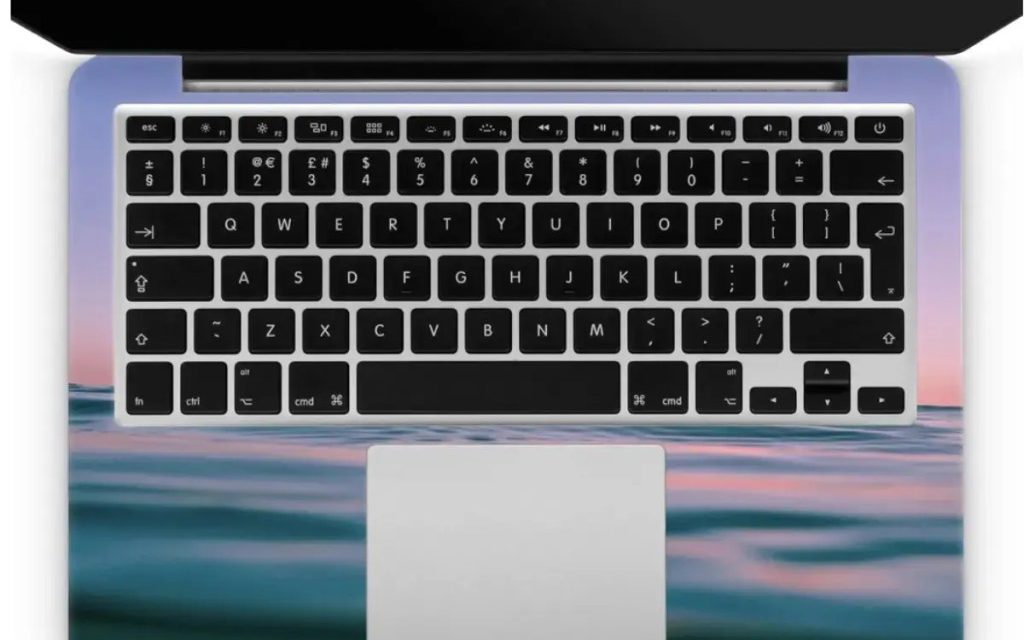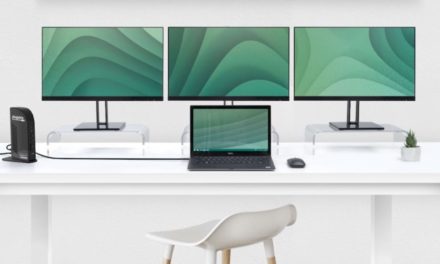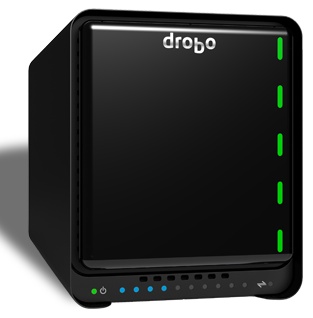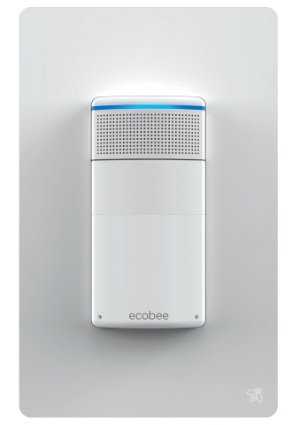As I’ve said before the 24-inch iMac may be my favorite Mac of all time because it’s both fun and powerful, and is, for me, the perfect size. However, the 16-inch MacBook Pro is probably the most practical computer for me at this stage in my life.
Let me explain. As the person who does almost all the work at Apple World Today these days, the biggie-sized laptop attached to a Studio Display is a great desktop set-up for running the website. And when I take a trip for work or pleasure, the 16-inch MacBook has a big enough display that I can easily continue my daily chores.
And, yep, being a mostly one-man show, I do the morning and evening AWT updates even on vacation. I’ve tried using a 12.9-inch iPad Pro to do this, but, even with Stage Manager, iPadOS is so limited compared to macOS that it takes twice as long to do my work on a tablet as on a laptop.
That’s why I’m now the proud owner of a 2023 16-inch MacBook Pro with an M2 Pro processor and 32G of memory. And it’s a fantastic machine.
Performance
The MacBook Pro/Studio Display set-up works seamlessly. I have Pages, Safari, iTunes, Mail, Calendar, Photos, Messages, and Pixelmator Pro all open at the same time (and often Apple Music, as well), and there’s never a hiccup in performance.
Not surprisingly, Geekbench scores for the newly M2 Pro chips show a significant increase in performance compared to the previous-generation M1 Pro and M1 Max devices. Check out the scores for yourself. And Jason Snell shared additional benchmarks in his Six Colors review. I’ll just say that the MacBook Pro with a M2 Pro chip is lightning fast.
The display
As with the previous iteration of the laptop, the Liquid Retina XR display of the MacBook Pro is gorgeous. It boasts 7.7 million pixels, up to 1,000 nits of sustained, full-screen brightness, 1,600 nits of peak brightness (though it’s 500 nits under most circumstances), a 1,000,000:1 contrast ratio, and extreme dynamic range. It has a P3 wide color gamut and supports one billion colors for smoother gradients.
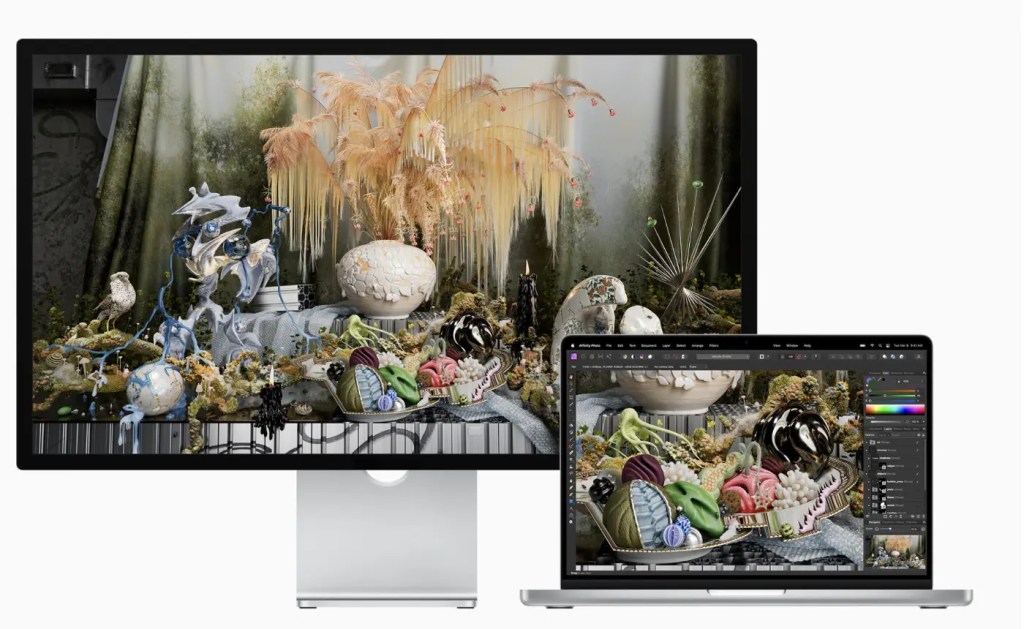
It’s a mini-LED display, which means the backlight is composed of 10,000 tiny LEDs, grouped into over 2,500 local dimming zones. Photos look vibrant and crisp. The MacBook Pro is a great system for watching movies, especially with its outstanding speaker system (more on that in a moment).
The display also sports ProMotion technology that features an adaptive refresh rate up to 120Hz. ProMotion automatically varies the refresh rate to match the motion of a user’s onscreen content to help preserve battery life,.
It also, as Apple says, makes tasks more fluid and even more responsive. Video editors can also lock in a refresh rate that is optimal for their footage, though I’ve not fiddled with the refresh rates.
The audio
The speakers on the MacBook Pro sound great. The six-speaker sound system features two tweeters and four force-cancelling woofers. The sound system also supports spatial audio, which creates a three-dimensional listening experience.
The speakers are clear and crisp with thumping base. You can really crank up the volume with no distortion. Listening to your tunes or watching a movie in Dolby Atmos is an immersive, gratifying experience.
What’s more, Apple says the new MacBook Pro has industry-leading, studio-quality mics that have an even lower noise floor, resulting in clearer calls and voice recordings. I’ll take their word for it, as I’m not a podcaster.
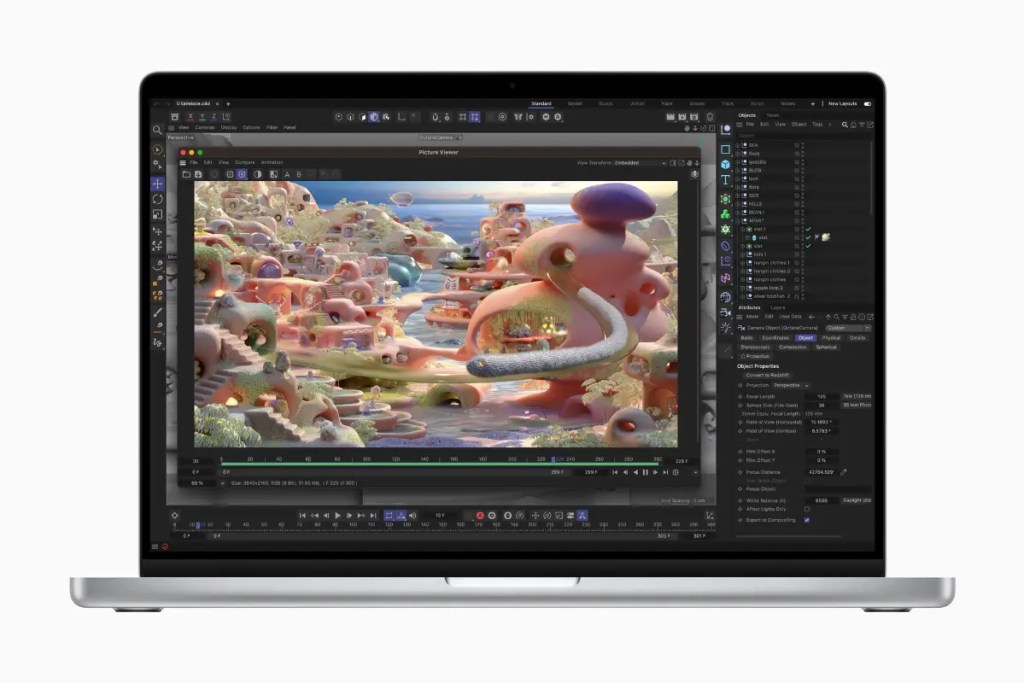
Ports and battery
There’s only one major difference between Apple’s 2021 and 2023 MacBook Pros in terms of ports, but it’s a significant one for some users. The newer model features an upgraded HDMI 2.1 port that supports 8K monitors running at 60Hz or 4K/240Hz. The 2021 MacBook Pro could only 4K/60Hz monitors through its HDMI port.
Another plus for the updated 16-incher: it runs up to 22 hours on a full charged battery. The 2021 “only” lasted about 20 hours.
Wi-Fi and Bluetooth
The M2 Pro/Max MacBook Pros are among the first Macs in Apple’s lineup to add Wi-Fi 6E support. The new Wi-Fi standard promises more than double the bandwidth for faster speeds.
Here’s how Wired describes the technology: Wi-Fi 6E is the name for devices that operate in the 6-gigahertz (GHz) band, a new swath of unlicensed spectrum. Until now, our Wi-Fi operated on two bands: 2.4 GHz and 5 GHz. The Wi-Fi 6 standard has various features to improve the efficiency and data throughput of your wireless network and reduce latency for those two bands. Wi-Fi 6E brings those improvements to the 6-GHz band.
Wi-Fi 6 offers better bandwidth (which means faster speeds) and has lower latency, which is better for gaming, video, and other low latency applications.
However, to take advantage of Wi-Fie 6E, you’ll have to connect the MacBook Pro to a Wi-Fi 6E router. Sadly, Wi-Fi 6E routers and accessories are expensive. Wired recommends these if you have the moolah: The Netgear Nighthawk RAXE300 (7/10, WIRED Recommends) at $400, and mesh systems like the TP-Link Deco XE75 (two-pack is $300), Motorola Q14 (two-pack is $430), and Google’s Nest Wifi Pro (7/10, WIRED Recommends) (two-pack is $300).
Apple has also bumped the Bluetooth version to 5.3, which promises lower power consumption and better signal quality.
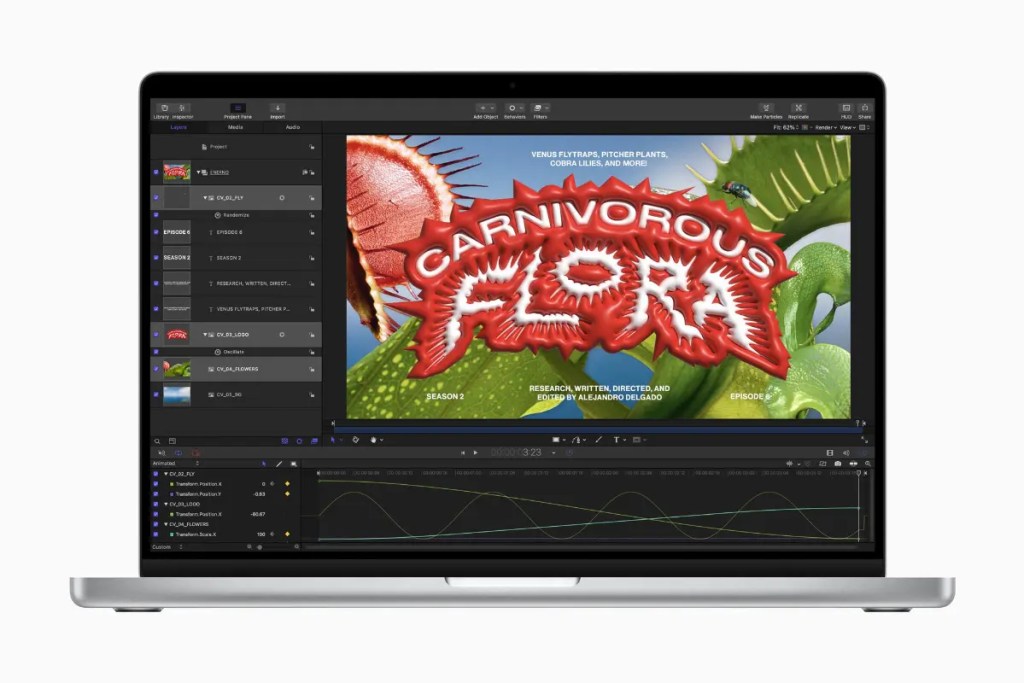
The controversial notch
As with the 2021 update, the new MacBook Pros sport an iPhone-like notch, which some folks apparently hate. The notch houses the 1080p webcam, the camera LED, the TrueTone light sensor, and the ambient light sensor at the top of the display.
To be honest, the notch doesn’t bother me at all. Basically, the MacBook Pro has a 16:10 display with a little extra space at the top where the menu bar and the notch live. I don’t notice it any more than I notice the notch on my iPhone.
Conclusion
If you’re a one-man business like me and have to take your work on-the-go occasionally, the 16-inch MacBook Pro is a good investment. However, it’s very expensive (you can check the prices here). The 14-inch MacBook Pro will save you substantial money if you don’t need the bigger screen. And, for most consumers, the MacBook Air will be the perfect combination of price, power, and size.
Apple World Today rating (out of 5 stars): ★★★★★
Article provided with permission from AppleWorld.Today

